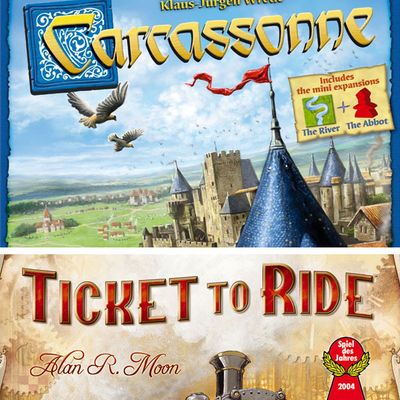
Board games are relatively trendy right now, though not the sorts that your parents had on the top shelf of the coat closet, like the interminable Monopoly or that useless word memorization game Scrabble. The board game renaissance that started in Germany over 20 years ago, which spurred a cascade of games now called German-style or Eurogames, has reached the U.S. in full, with an array of engaging titles appearing on the shelves at Target and Barnes & Noble as well as at specialty retailers online and across the country. Whether you’re looking for accessible, all-ages options for a post-dinner family session, or new challenges to explore with gaming-minded friends during your holiday break, here are 14 titles worth clearing the table for.
Best bets for non-gamers
Everyone will tell you to start with Catan (formerly known as Settlers of Catan), which is the best-selling Eurogame ever, and the one most responsible for the size of the market and the hobby. Catan is very good, but its importance in board game history exceeds its actual value as a game, and because it can take quite a while to play, it’s never my first suggestion for folks new to the hobby. $35, Available on Amazon.
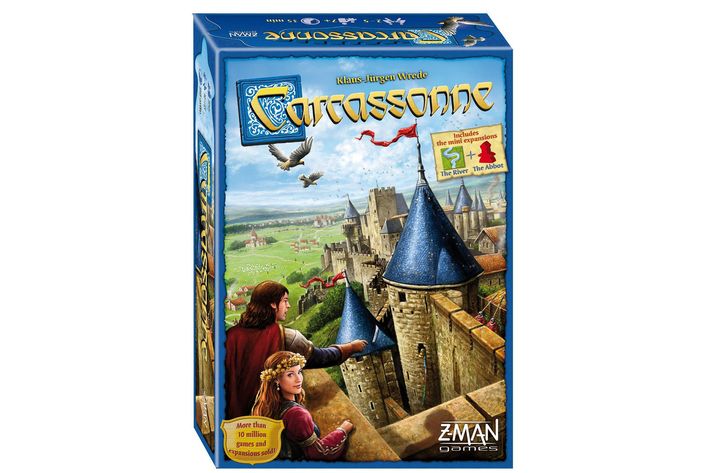
Carcassonne
The best Eurogame out there is Carcassonne, in large part because its rules are simple and turns are quick, but there’s a world of strategy within it, including a high degree of interaction with your opponents. Carcassonne is a tile-laying game with no board; you build the board, so to speak, as you go, drawing from a bag of unplayed tiles and placing new ones adjacent to the tiles on the board, lining up roads or cities as permitted, and sometimes placing one of your wooden tokens, called “meeples,” to claim areas. The strategy is in the scoring: You get points for roads and cities you control (meaning you have more meeples on them than any other opponent), and through clever tile placement and meeple management you can secure unclaimed areas to score points for structures you didn’t help build. The game has numerous expansions that add tile types, more powerful meeples, and different scoring twists, and the iOS app is still the best board game app out there. $50, Available on Amazon.
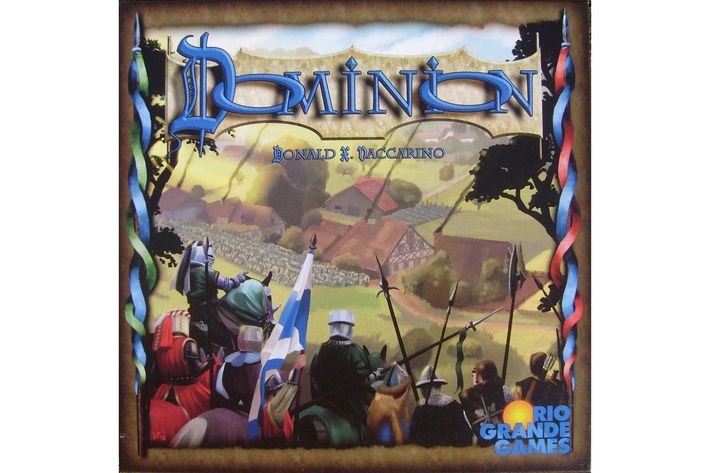
Dominion
Another great ‘gateway’ game, Dominion has become a best seller across the world and given rise to a whole new genre of board-less games called “deckbuilders.” In it, you are indeed gathering cards to build a deck, and on each turn, you draw five cards, play what you can from your hand, buy one or more new cards, and discard everything from that turn. When you exhaust your deck, you shuffle your discard pile and start over. In a nutshell, that’s the whole game. There are money cards, points cards (worthless until game-end, until which point they’re just getting in your way), and action cards that might allow you to draw more cards or claim more money or trash a card from your deck. There are at least ten expansions available, so it has huge replay value, and each additional set of cards presents new possibilities for strategy. You can set up the game to keep it light and simple, or use cards from sets like Dominion: Intrigue, which includes cards that let you do unpleasant things to your opponents, to make it as cutthroat as you want. $30, Available on Amazon.
New options for veteran gamers
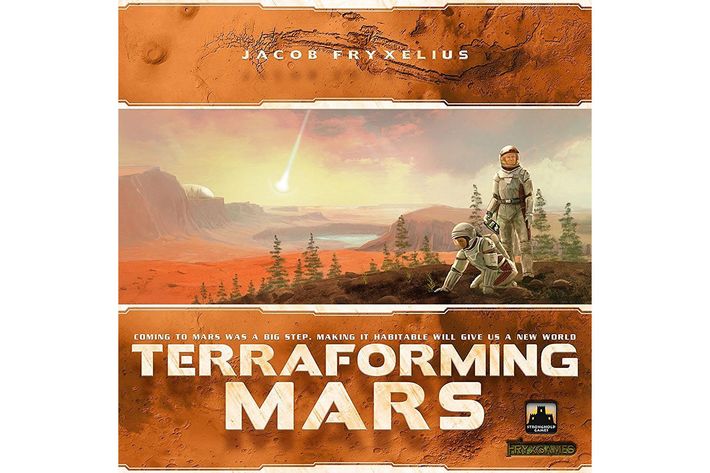
Terraforming Mars
Terraforming Mars was the best high strategy game of 2016, despite its title and the fact that it’s based on one of the most boring novels I’ve ever read. Players are indeed competing to make the surface of our neighbor planet habitable for humans, laying ocean tiles, planting greenery, and playing building cards for points, all while their actions raise the planet’s surface temperature and oxygen levels. The game revolves around the deck of 200 cards from which players fill their hands and acquire buildings to construct or one-time events to benefit them, and they pay for everything with “credits” or resources they gather from the planet itself. The mechanics themselves are simple, but the game is so open-ended because of the sheer number of card possibilities; by the time the game reaches its last few rounds, you’ll have built up a nice tableau of buildings and action cards that let you do many more things per turn than you could at the beginning. $90, Available on Amazon.
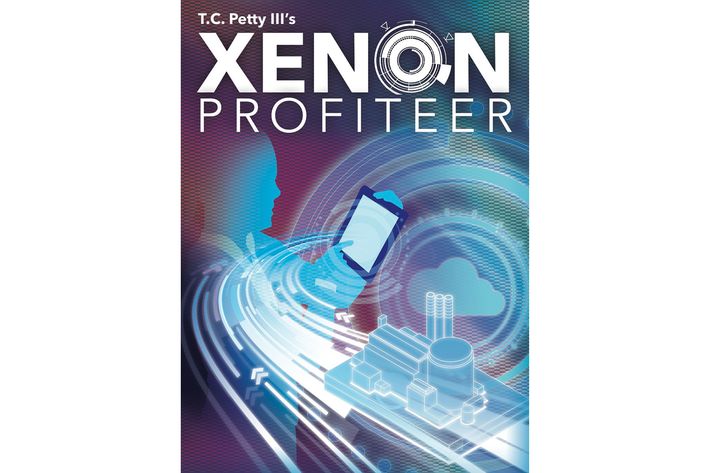
Xenon Profiteer
I’ve pushed Xenon Profiteer a few times, not least because it’s a chemistry-themed game and I was obsessed with the periodic table as a kid — and particularly with Xenon, one of the inert gases, the only element to start with X, and an element that turned out to not be so inert after all. The game requires no chemistry knowledge, however; it’s actually a deckbuilder that moves quickly and rewards flexibility, but has fallen a little off the radar because it came out so late in 2015. As in Dominion, players in Xenon Profiteer draw a hand from their deck each turn, but in this game players get to “distill” other gas cards from their hands, eliminating them from their decks to streamline future hands to make them more valuable. You then get to use your remaining cards to fulfill contracts that require specific card combinations to score points and build your factory. It moves and plays quickly, maybe 45 minutes tops for a four-player game. $31, Available on Amazon.
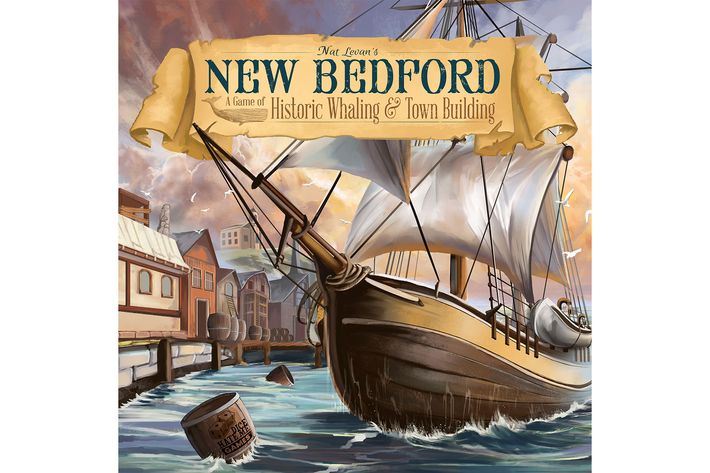
New Bedford
If you like lighter games, or want something you can play with your (older) kids, New Bedford was my favorite new game in 2016. There are endless games that have players build out a town and collect money from other players who use those buildings, but in New Bedford, that’s just a means to a bigger end: You’re going whaling. Each player gets two ships to send out for one to six turns, and on every turn where you have a ship out at sea, you get a random tile draw to see if you caught a whale, which are worth points. But keeping a whale for points at the end of the game requires money to pay the dockworkers to get that sucker off your ship, so the real key to New Bedford is balancing your income with your effort to load up your ships with supplies. $33, Available on Amazon.
Two-player-only titles
I’ve posted a ranking of two-player games for the past few years because I often get asked for suggestions, typically from new parents who want a simple game to play with each other after the kids are in bed.
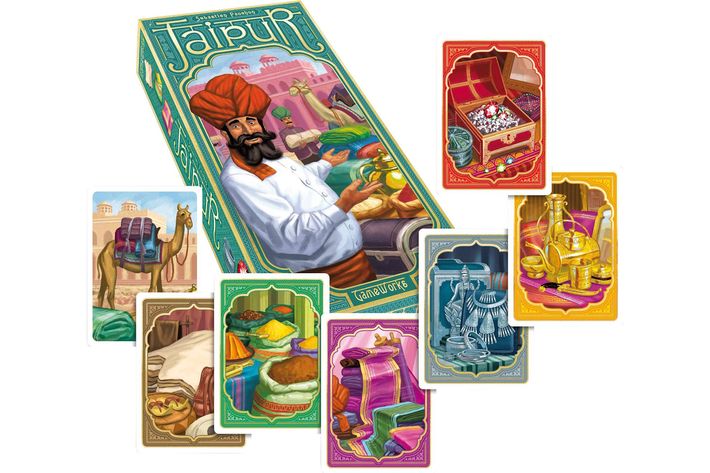
Jaipur
Jaipur is my go-to recommendation for a couples game because it’s the perfect weeknight option, especially for folks who are a little sleep-deprived because their kids are still up twice a night. It’s strictly a two-player game involving a deck and a handful of bonus tokens. Each player keeps a hand of cards and is trying to collect sets in the same colors as the tokens (silver, gold, etc) to claim more of those tokens than the other player. Your options on each turn are somewhat limited — take some cards from the table, swap some of the camel cards (sort of the wild card of Jaipur), or claim some tokens — so turns are quick, as are complete games. We usually play a best of three because of how fast the games move. It’s also very portable, for those of you who travel often as families. $25, Available on Amazon.
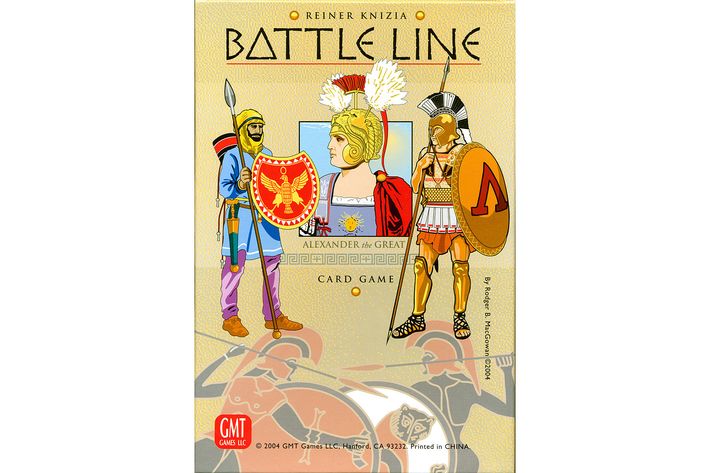
Battle Line
If you want a two-player game that’s a little higher-strategy, Reiner Knizia’s Battle Line, which is also known as Schotten Totten (same game with new artwork), takes a little more time and lot more room on the table, even though the entire game is really just a deck of cards and a few flags to indicate where to play cards to the table. Each player is trying to claim either five of the nine flags, or three flags next to each other, by playing a combination of three cards next to a flag that’s worth more than the opponent’s three cards on the other side of that same flag. Scoring combinations are reminiscent of poker, so three straight cards in the same color is worth the most, but you can also score a straight in different colors, or three cards in the same color, or three cards of the same numeric value. There’s a lot of luck involved here, because you can spend all game waiting for that green four to show up in the deck, only to discover at the end that your wife had it all along and was quietly taunting you in her head as she watched you turn various shades of pink looking for it. $20, Available on Amazon.
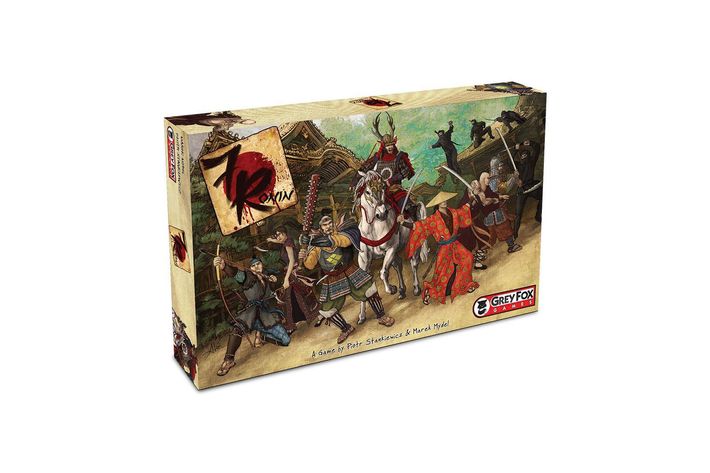
7 Ronin
My favorite new two-player game this year was 7 Ronin, which is unusual for the genre in that it’s asymmetrical — the two players take specific roles with different pieces and rules. The game is heavily based on Akira Kurosawa’s classic film The Seven Samurai, with one player playing the bandits attacking the village and the other controlling the seven warriors hired to defend it. There’s a time element to the game as well, with the bandits peaking in power in mid-game and the ronin player trying to survive to the final rounds. It’s a little longer than the other two games I mentioned here, taking maybe a half hour in total, but, I mean, it’s ninjas versus samurais. If you can’t get up for that, I can’t help you. $21, Available on Amazon.
Games to play with your kids
We’re a board game house, so my daughter first started playing with us when she was about four. We went through a brief period of Candyland (the perfect game if you want to teach your kids that life is pointless and random) and The Very Hungry Caterpillar game, but once she was old enough to follow basic rules, we made those disappear and moved her up to more stimulating titles like these.
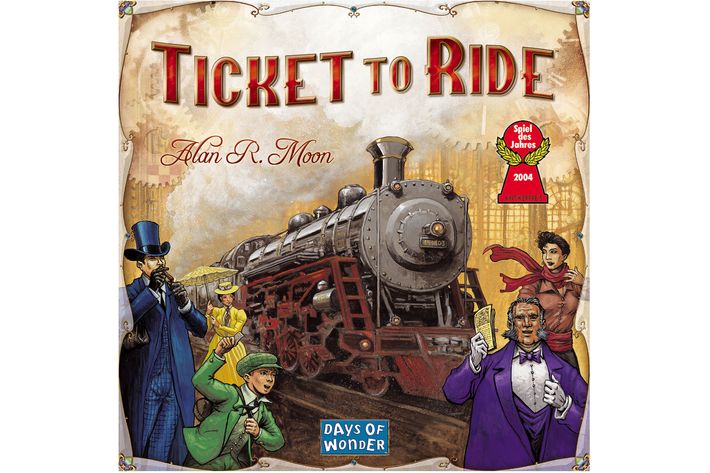
Ticket to Ride
Ticket to Ride was the first ‘adult’ board game we could play fully with her, because it has the fastest rules to learn of any decent game we’ve tried. The base game has a map of the U.S. and Canada with various cities connected by one or two routes in specific colors, and you can claim a route by playing the correct number of train cards, collected two per turn, in the correct color. You score most of your points by completing your own private route cards that ask you to connect two cities on the map, such as New York to San Francisco or Winnipeg to Houston. It’s very straightforward, and to play it kids only have to be able to read the city names (enough to match their cards) and collect colors. The game has become a franchise now, with separate maps sold for Europe, Asia, Switzerland, and the Nordics, as well as an expansion for the base game with bigger train cards and more route options. $48, Available on Amazon.
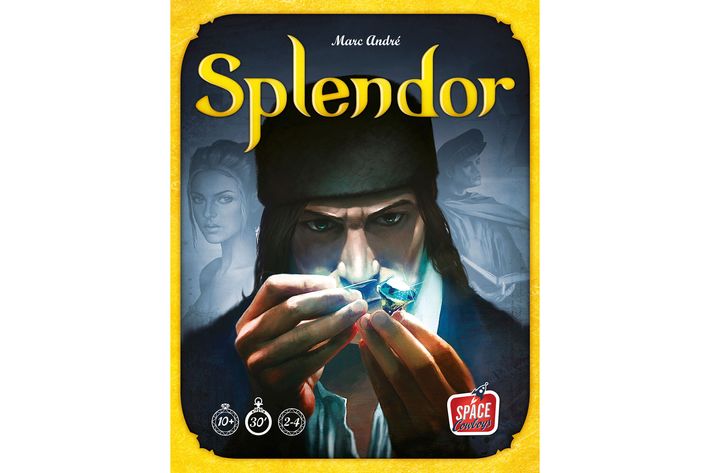
Splendor
My daughter first played Splendor when she was eight and took to it right away, with its incredibly simple rules and breadth of options for each player. There are 12 cards on display for players to purchase with their tokens, which come in five colors (they represent jewels, if that matters), and you have to match the combination of tokens on a card to purchase it. Some cards are worth points at the end of the game, as are several bonus tiles for the first player to accumulate a certain combination of cards — say, four black cards and four white. The first player to 15 points triggers the game’s end, but players complete that round, so someone else could make a big, final move to steal the victory. $25, Available on Amazon.
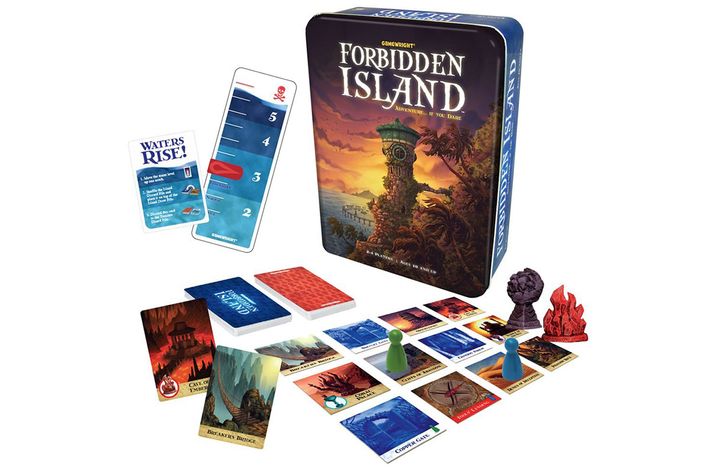
Forbidden Island / Pandemic
Matt Leacock didn’t invent the cooperative game, but he made it popular with his series of coop games built around a similar core mechanic, from the fairly simple Forbidden Island up to Pandemic. In these games, players work together, each assuming a different role with a special power, to try to beat the game’s internal clock — the island sinking, the sandstorm (in Forbidden Desert) swallowing up the players, or the species dying from the spread of four infectious diseases. Pandemic even spawned the surprise hit Pandemic Legacy, where each session of the game changes the board as the players pursue a story over multiple plays. The games are all finely calibrated so even when you win, it’s close, often right down to the final turn, and you’re always balancing the need to solve the game’s end conditions against the need to stop Kinshasa from spawning an epidemic across all of Africa. My wife actually doesn’t like Pandemic because she finds protecting the future of humanity a little stressful, but my daughter loves the challenge, even when disease ‘cubes’ are spreading across the board. Forbidden Island $11, Available on Amazon. Pandemic $30, Available on Amazon.
Quick learns for strategy fans
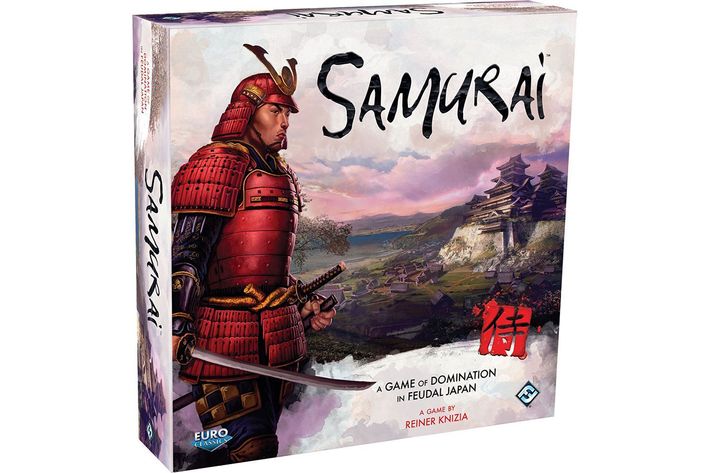
Samurai
Reiner Knizia is the most prolific board game designer in the world, with over 400 titles to his credit, and he’s created a number of games that are considered classics in the genre. That includes Samurai, which is a deceptively simple game that hides a lot of math behind its design. Players compete to control spaces on a map of Japan by surrounding those spaces, each of which has one or more of the game’s three symbols, with matching tiles in their own color. If you end up with the most points from your Buddha tiles touching a neutral space with a Buddha on it, you control that space and get the Buddha token; if any player gains a majority in two of the three tokens, s/he is the outright winner. Players get a few trick tiles to switch tokens or replay tiles they’ve already used, so knowing what your opponents have left and thinking of all the ways in which they might screw with you is critical. $90, Available on Amazon.
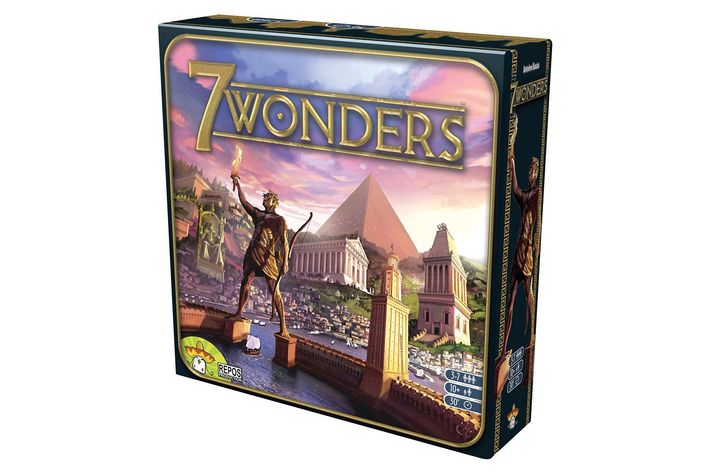
7 Wonders
7 Wonders has a slightly higher barrier to entry, in part because its rules have become legendary for the poor writing of the original English translation, but game play is actually quite straightforward and you can complete a game of three or four people in about half an hour. There’s a lot going on in this game: you’re trying to develop sets of cards that will allow you to build one of the ancient Wonders or meet other criteria for points bonuses specific to you, but the cards you get to play are determined in a unique drafting system: Each player draws a few cards to start a turn, chooses one to keep, and then passes the remainder to the player on his/her left, receiving cards from the other side, picking one, and passing those on too. The game accommodates 2 to 7 players, with special rules for two players — but if you’re looking for a two-player game specifically I’d recommend the standalone 7 Wonders Duel, which strips the game down into a simpler version that moves much faster for two players. $28, Available on Amazon.
Cones of Dunshire
I’ll throw in a recommendation for Cones of Dunshire, which is a little more involved than the last two games I mentioned. It’s difficult to find, but if you manage to score a copy, just remember that the game is all about the cones.
Keith Law is a senior baseball writer for ESPN.com and an analyst on ESPN’s Baseball Tonight. His book, Smart Baseball: The Story Behind the Old Stats That Are Ruining the Game, the New Ones That Are Running It, and the Right Way to Think About Baseball, is due out in April from Harper Collins. He reviews games for Paste and on his blog, the dish. You can follow Keith on Twitter at twitter.com/keithlaw or Facebook at facebook.com/keithlawwriter.




